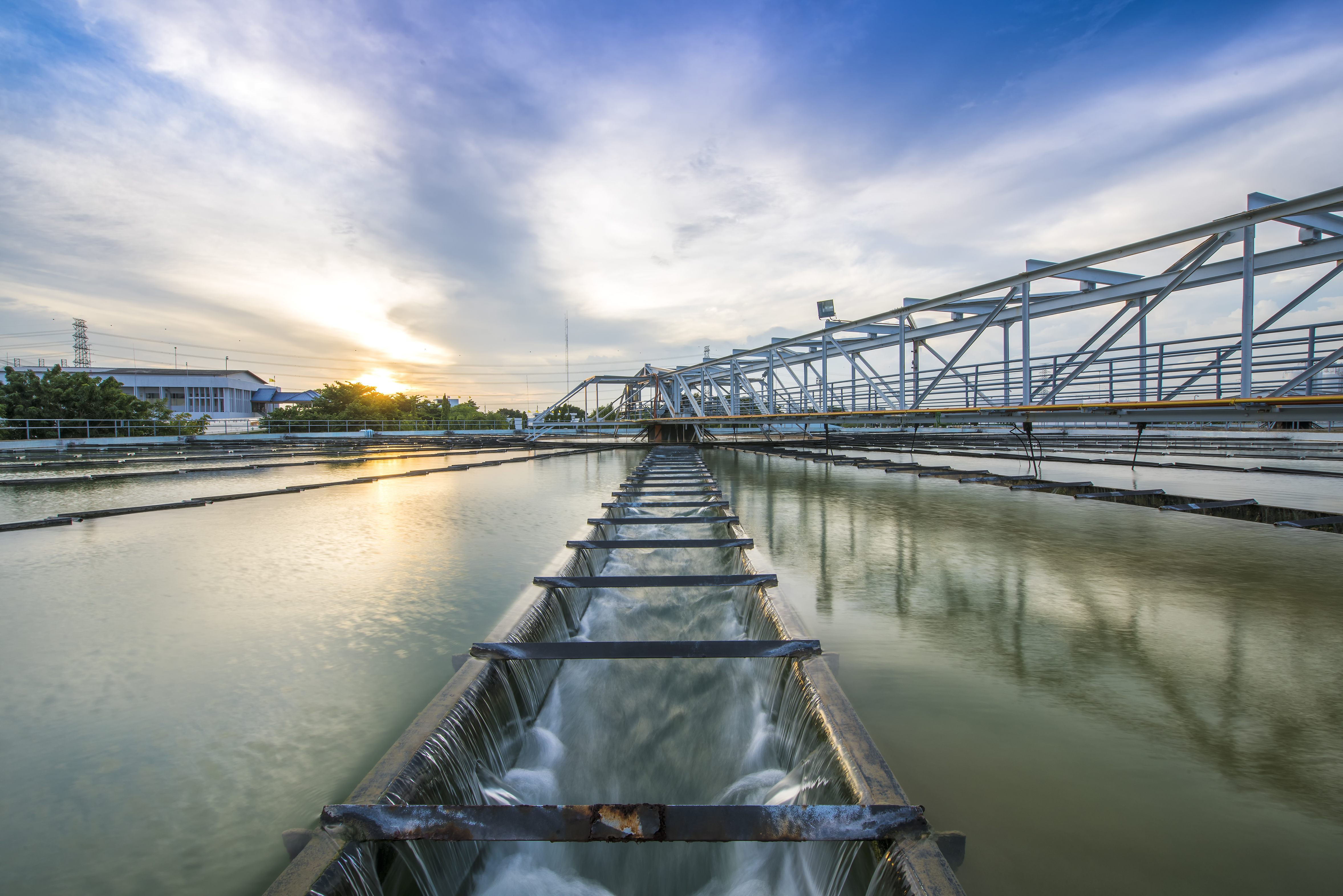
Aerobic or Anaerobic, do you know the difference?
Anaerobic and aerobic systems are both forms of biological wastewater treatment that use microorganisms to break down and remove organic contaminants from wastewater. While both rely on a process of microbial decomposition to treat wastewater, the key difference between anaerobic and aerobic treatment is that aerobic systems require oxygen, while anaerobic systems do not.
Anaerobic Treatment
Also known as anaerobic digestion (AD), is an energy-efficient process in which microorganisms transform organic matter in the wastewater into biogas in the absence of oxygen. To achieve this oxygen-free environment, the entry of air into anaerobic tanks is prevented, typically by a gastight cover.
Aerobic Treatment
With aerobic treatment, microorganisms convert organics into carbon dioxide and new biomass in the presence of oxygen. Aerobic microorganisms require oxygen so air must be continuously circulated through the tanks.
Aerobic systems can act as stand-alone systems, or polish anaerobically pretreated wastewater by further removing biochemical oxygen demand (BOD) and suspended solids.
Anaerobic or Aerobic Wastewater Treatment Solutions
To ensure good performance by the microorganisms, their diet needs to be balanced with the correct addition of nutrients. OMEX can help to ensure maximum biological health with their range of wastewater treatment solutions. Nutromex NP can help in both aerobic and anaerobic treatment systems where Nitrogen and Phosphorous levels are deficient.
Nitrogen is required for new cell structure, enzymes and growth while Phosphorous is needed for the energy production in the cells. In a wastewater treatment plant, shortages show up as poor COD removal and loss of solids due to inadequate settling.



